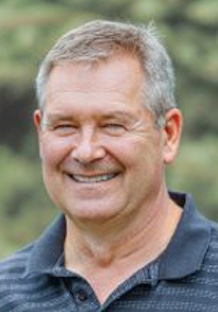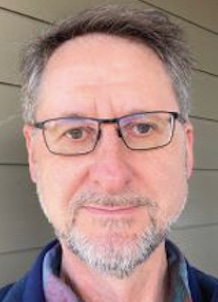
One More Load: The practice is becoming an increasingly prominent business focus
Aggregates, once mined, processed, and shipped to market, are gone forever. However, the process of aggregate mining also represents an opportunity to get multiple uses out of the same piece of land through the reclamation process. It is critical to return those lands back to something useful, postmining, that is beneficial for the community. There can be competing uses for lands, so if we can get several uses out of that same parcel of land, including aggregate extraction, land-use conflicts can potentially be mitigated and can result in mutual benefits for multiple stakeholders.
Reclamation is becoming an increasingly prominent business focus for aggregate producers. It is crucial that planning be completed at an early stage to ensure that after mining, those lands are returned to a use which benefits the environment and the community. Getting public or regulatory buy-in, at an early stage ensures a project’s success and makes it easier to secure approvals to extract aggregate from the outset. Consultation and engagement with third party stakeholders is becoming more prevalent in achieving a successful project outcome. There is certainly no cookie cutter approach to reclamation, and often an adaptive approach is used, as the priorities can shift throughout the life of a pit. Every site is unique, and each location can represent varying opportunities and multiple pathways in achieving successful reclamation.
An important first step is understanding what the baseline conditions are before mining: what is the geometry of the material to be mined; what is the site hydrogeology; what are the current flora and fauna at the subject site; what are the types of soils present. Communication and public engagement can assist in determining goals and values of stakeholders, and in guiding the potential options and opportunities. As producers we must realistically understand what can be accomplished at any given location. Numerous experts, in addition to local and operational knowledge, are available to guide a project and monitor its progress.
Reclamation can be as simple as returning disturbed lands to the identical land use, as was present before extraction, such as farmlands being returned to farmland. But mining can offer the opportunity to change or enhance the landscape as well. Former mine lands can be landscaped to include waterbodies and upland areas that create high-quality recreational value or wildlife habit. These could include f ishponds, walking trails, forested or grassed areas, migratory bird habitat, establishing plants for pollination, or wetlands for amphibian habitat and surface water filtration. Pit walls or benches may represent an opportunity to develop new avian nesting habitat, just to name a few. Well defined mine and reclamation plans manage the conservation of topsoil and the movement of overburden to minimize rehandling and to position these materials for final landscape contouring, vegetation establishment and either built or natural environment development.
Virtually the entire river valley in the City of Edmonton was once aggregate extraction. It is now currently occupied by parks, trails, and golf courses. Lafarge Lake is a focal point of downtown Coquitlam, BC for recreation. It is stocked with fish and hosts numerous community events. The City of Coquitlam even completed their Light Rapid Transit (LRT) system to Lafarge Lake so that the public could have access to the now coveted recreation area.
If completed effectively, the public or regulators do not even realize that an aggregate operation once occupied a site. After a site has been reclaimed, and with the passage of time, the knowledge that a pit even existed has passed. It is important for industry to document and celebrate these successes and to ensure that the public and regulators are aware of sites that were once gravel operations, so that they may see what could be done, that the industry is doing the right things, and that great things that can be accomplished for the benefit of the public and the environment in addition to supplying a crucial construction material for market.
About the authors of One More Load:

Bill Gowdy
Bill Gowdy is the technical director of aggregates for SLR Consulting. He has 35 years of experience in the geology and environmental fields, including 22 years based in Edmonton managing aggregate resource assessments, geological modeling, permitting, reclamation, environmental management systems, groundwater monitoring, community relations and biodiversity projects.

David Novak
David Novak is a Professional Agrologist and Certified Professional in Erosion and Sediment Control, and the technical director of reclamation for SLR Canada. David is a senior conservation and reclamation specialist with over 35 years of soil management and revegetation planning experience.
Print this page